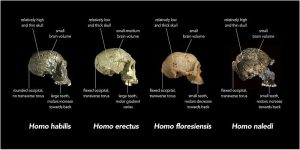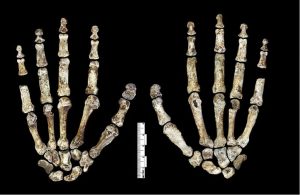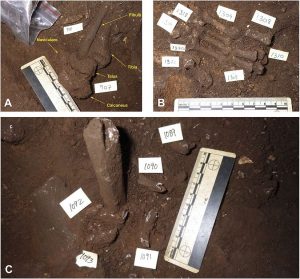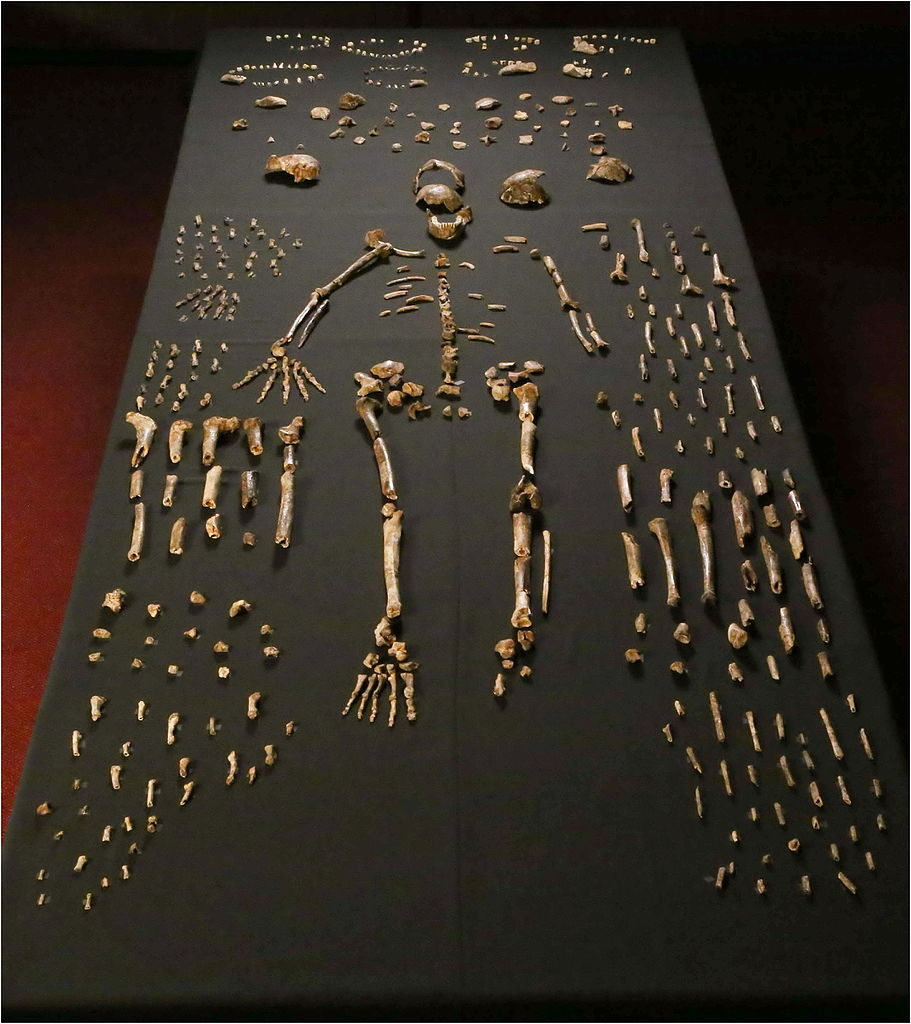 During September, National Geographic is featuring the excavations of Homo naledi at Rising Star Cave in South Africa in their Explorer Classroom, in tune with new discoveries and the publishing of dates for this enigmatic little hominid. A Teacher’s Guide and Resources are available and classes can log in to see live updates from the site. The material is also archived and can be watched via YouTube at a later date.
During September, National Geographic is featuring the excavations of Homo naledi at Rising Star Cave in South Africa in their Explorer Classroom, in tune with new discoveries and the publishing of dates for this enigmatic little hominid. A Teacher’s Guide and Resources are available and classes can log in to see live updates from the site. The material is also archived and can be watched via YouTube at a later date.
We’ve probably all heard of the little hominids from neighbouring Indonesia – Homo floresiensis and how they were initially dated to less than 50,000 years ago, which was then revised to between 60,000 and 190,000 years ago. These dates are still relatively recent for a hominid on the same general family tree as ourselves and reminds us all that there were several branches on this tree, of which ours is only one.
 An interesting hominid was discovered in South Africa in 2014, named Homo naledi, this species was also relatively small and had a curious mix of features – some seeming very old (curved hands and fingers, well suited for climbing trees) and others looking more modern (legs suited to walking fully upright). Anthropologists and evolutionary biologists wondered where on the family tree these guys belonged – were they millions of years old, or more recent? The dating of the bones was an enormous challenge – partly because the deep cave where the fossils were found could only be accessed through an extremely narrow (20cm wide) gap in the rocks, and partly because the deposit lacked material that could be dated easily.
An interesting hominid was discovered in South Africa in 2014, named Homo naledi, this species was also relatively small and had a curious mix of features – some seeming very old (curved hands and fingers, well suited for climbing trees) and others looking more modern (legs suited to walking fully upright). Anthropologists and evolutionary biologists wondered where on the family tree these guys belonged – were they millions of years old, or more recent? The dating of the bones was an enormous challenge – partly because the deep cave where the fossils were found could only be accessed through an extremely narrow (20cm wide) gap in the rocks, and partly because the deposit lacked material that could be dated easily.
 This year dates were published, obtained from a range of scientific techniques, including optically stimulated luminescence, Uranium-series and electron spin resonance dating (see OpenSTEM’s Absolute Dating Methods resource for explanations of some of these techniques). Both the sediments around the bones, as well as 3 fossil teeth were dated. The dates all clustered between 200,000 and 400,000 years ago. These dates are much more recent than was thought from analyses of the bones themselves. The dates are also contemporary with the very earliest of our own direct ancestors, implying that Homo naledi and our own ancestors shared the savannas of Africa hundreds of thousands of years ago. Yet another reminder of the diverse and complex nature of our family tree!
This year dates were published, obtained from a range of scientific techniques, including optically stimulated luminescence, Uranium-series and electron spin resonance dating (see OpenSTEM’s Absolute Dating Methods resource for explanations of some of these techniques). Both the sediments around the bones, as well as 3 fossil teeth were dated. The dates all clustered between 200,000 and 400,000 years ago. These dates are much more recent than was thought from analyses of the bones themselves. The dates are also contemporary with the very earliest of our own direct ancestors, implying that Homo naledi and our own ancestors shared the savannas of Africa hundreds of thousands of years ago. Yet another reminder of the diverse and complex nature of our family tree!



My grade 4 son's review is below. I think he liked seeing the patterns it made. It was just a…
Brad